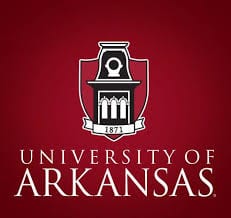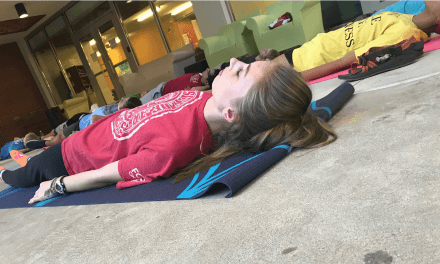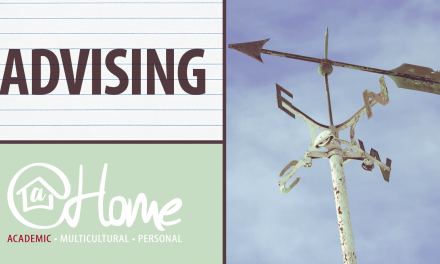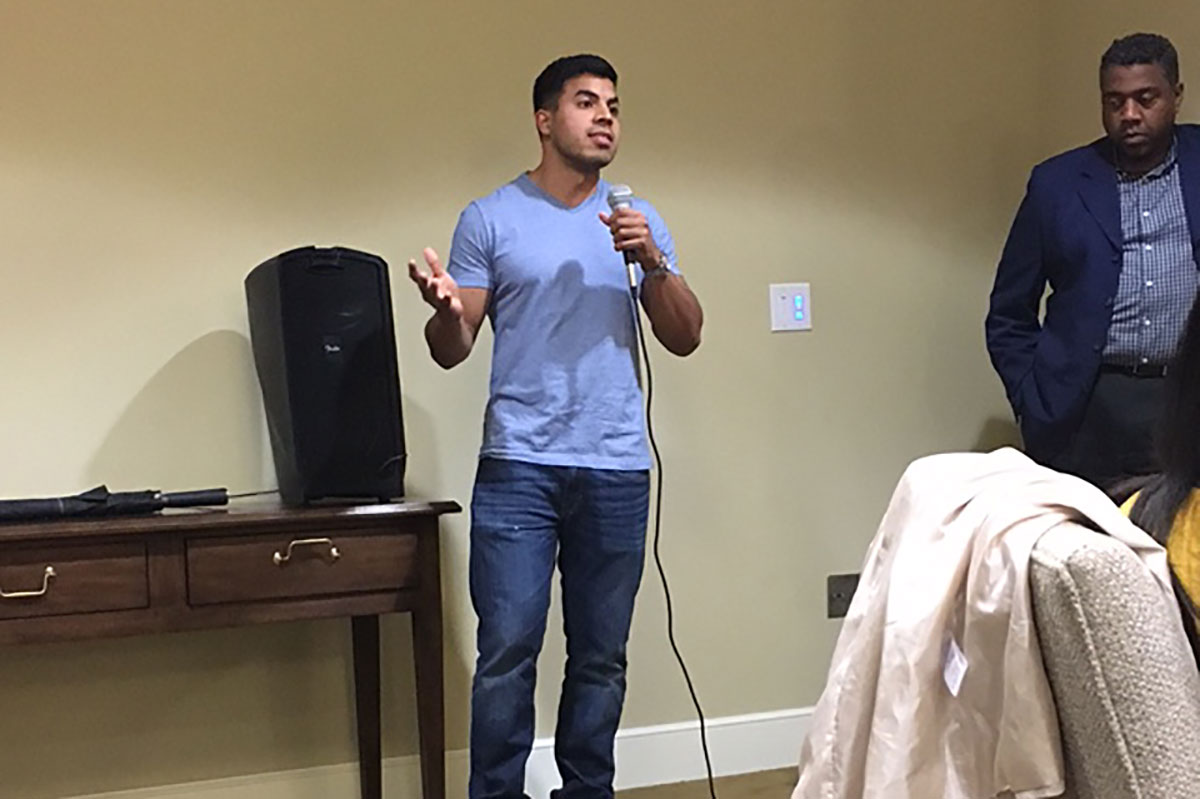By Ashton Turner and Blake Wojciechowski
Resident Assistants
Professionalism … The word itself may conjure up images of doctors, lawyers, or political figures.
It may seem at this stage in your life as though this may not be very important, but that couldn’t be further from the truth.
One of the best examples of a place where you can amaze people with your professionalism is through emails. This is generally the way most communication happens between you, professors and employers.
However, writing emails can sometimes be confusing in regards to the format and what to say because you want to seem as professional as possible.
Some other important aspects of professionalism are how to conduct yourself during face to face meetings, as well as how to follow up with people when needed.
In this blog post, we asked John Norwood, a professor in the Sam Walton College of Business, his advice on being professional.
Email Etiquette
Norwood offered three major pieces of advice regarding emails.
“Be sure to include information about which class you’re in. Make sure you read over your email and correct grammar before you hit send. Finally, long emails are generally not necessary… brevity is a good trait.”
Keeping things professional through emails is vital when communicating with people in an academic setting. The main thing to keep in mind is that emails should be as short yet concise as possible. This reasoning is two-fold, it shows the person you are emailing that you value their time, and it also prevents important things from being lost in a jumble of extra words.
When writing a professional email, grammar is of utmost importance. Use spellcheck and reread the email to ensure the flow of the email is good. Even though it may seem unimportant, you can lose the professional tone of the email simply through the use of bad grammar.
Face-to-Face
With face-to-face interactions, Norwood had the following to say:
“Don’t go up to your professor and ask what time office hours are if they have already posted the information in the syllabus.”
Secondly, he suggested that it’s never a bad idea to email your professor before coming in, just so both student and professor know a meeting will be taking place at an agreed-upon time.
In the context of professors, office hours are the likely setting in which you are going to have face-to-face meetings in a professional setting. These tips can also be used for other professional meetings and interviews.
First, make sure you are aware of the time in which you are able to meet your professor. Generally, professors’ office hours are outlined in the class syllabus. If the professor’s office hours don’t work for your schedule, professors are generally good about finding alternate times which work. Make sure you communicate of how long you need, so your professor can plan accordingly.
When it comes to the actual meeting, body language is the most important part. Eye contact shows your engagement level. The positioning of your body toward the person you are speaking with further exemplifies that attention. Confident body posture shows the other person that you are interested in what they are saying. Finally, when concluding the conversation, make sure to thank the person for their time and wish them a good day.
Follow-up
Following up can look different and come in a variety of forms. The most common way to follow up usually comes in the form of an email. Any time a professor or interviewer takes time out of their day to meet with you, it is always good to send a thank you email. Thank you cards can also be a productive form of giving thanks. A card can be used for more personal thing such as when a professor writes you a recommendation letter or helps review an application for you.
Following up helps produce a lasting relationship. Taking the time to thank someone speaks volumes of your professionalism.
Norwood echoed this idea, “Professors are often asked to do extra things which don’t immediately fall in their job description such as writing recommendation letters. It’s always a good idea to send a thank you note, just to show the professor you are grateful for the time they took from their day to help you out.”






Recent Comments